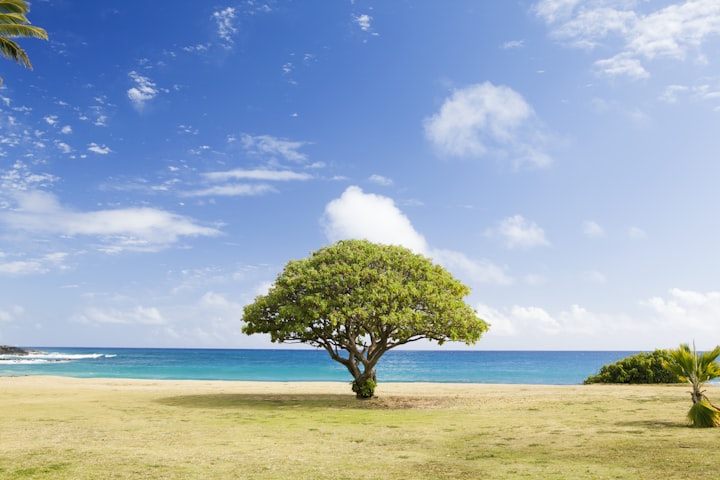
Trees, the towering giants of the plant kingdom, are remarkable organisms that play a vital role in the ecological, social, and cultural fabric of our world. In this essay, we will explore the diverse characteristics, ecological significance, and human connections associated with trees.
At its most basic level, a tree is a woody perennial plant with a single main stem or trunk, typically reaching a considerable height. Trees exhibit a wide variety of forms, from the towering redwoods of California to the twisted baobabs of Africa, reflecting the diversity of life on Earth. Despite their outward differences, all trees share common anatomical features, including roots, stems, leaves, and reproductive structures.
Roots anchor trees in the soil and absorb water and nutrients from the surrounding environment. They also provide stability, helping trees withstand strong winds and other environmental stresses. The size and structure of roots vary among tree species, with some developing deep taproots to access water deep underground, while others spread horizontally near the surface to capture nutrients from the soil.
Above ground, the stem or trunk of a tree provides support for the branches and leaves, as well as a pathway for the transport of water, nutrients, and sugars throughout the plant. Trees employ a complex vascular system, consisting of xylem and phloem tissues, to transport water and nutrients from the roots to the leaves and sugars produced during photosynthesis from the leaves to the rest of the plant.
Leaves are the primary site of photosynthesis, the process by which trees convert sunlight, carbon dioxide, and water into oxygen and glucose. Chlorophyll, the green pigment found in leaves, captures sunlight and powers the chemical reactions that drive photosynthesis. In addition to producing oxygen and food for the tree, leaves also play a crucial role in regulating temperature and humidity, as well as providing habitat for a diverse array of organisms.
Reproductive structures, such as flowers, cones, or fruits, enable trees to produce seeds and propagate their species. Depending on the species, trees may reproduce sexually, through the exchange of pollen between male and female reproductive organs, or asexually, through processes such as vegetative propagation or root sprouting. Reproduction is essential for the survival and dispersal of tree species, ensuring their continued presence in forests and other ecosystems.
Ecologically, trees are keystones species, meaning they play a disproportionately large role in maintaining the structure and function of ecosystems. Forests, comprised predominantly of trees, are among the most biodiverse habitats on Earth, providing habitat and food for countless species of plants, animals, fungi, and microorganisms. Trees also contribute to the cycling of nutrients, the regulation of water and air quality, and the sequestration of carbon dioxide, helping to mitigate climate change.
Moreover, trees provide a wide range of ecosystem services that are essential for human well-being. Forests act as natural carbon sinks, absorbing and storing large amounts of carbon dioxide from the atmosphere and helping to mitigate the impacts of climate change. Trees also help to regulate local climate patterns by providing shade, reducing the temperature through evapotranspiration, and creating microclimates that support diverse plant and animal communities.
Furthermore, trees play a crucial role in soil conservation and erosion control, with their extensive root systems helping to stabilize slopes and prevent soil erosion. Forests also contribute to the replenishment of groundwater supplies, with trees absorbing water from the soil and releasing it into the atmosphere through transpiration. Additionally, trees provide valuable resources such as timber, fuelwood, food, medicine, and raw materials for various industries, supporting the livelihoods of millions of people around the world.
Beyond their ecological importance, trees hold significant cultural and symbolic value for human societies. Throughout history, trees have been revered and celebrated in art, literature, religion, and folklore, serving as symbols of strength, wisdom, and connection to the natural world. Sacred groves, ancient forests, and individual trees with cultural significance are found in cultures around the world, reflecting humanity's deep-rooted relationship with the arboreal realm.
In conclusion, trees are not merely silent witnesses to the passage of time; they are dynamic and indispensable components of our planet's ecosystems. From their towering canopies to their intricate root systems, trees embody the resilience, diversity, and interconnectedness of life on Earth. As stewards of our natural environment, it is imperative that we recognize and appreciate the value of trees and take action to ensure their preservation for future generations.






Comments
There are no comments for this story
Be the first to respond and start the conversation.